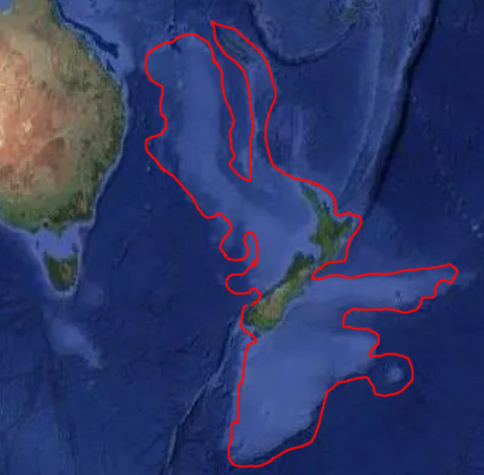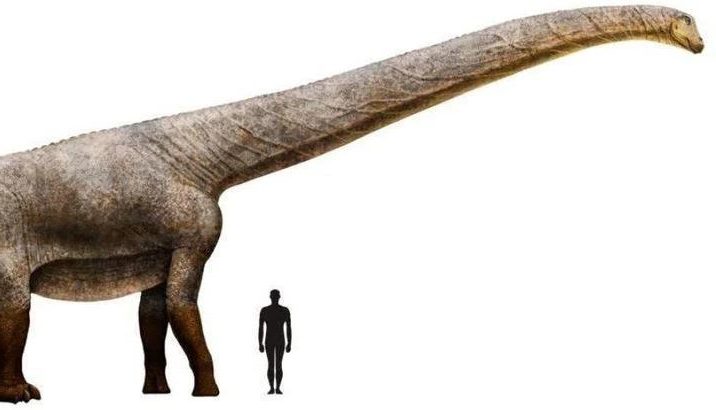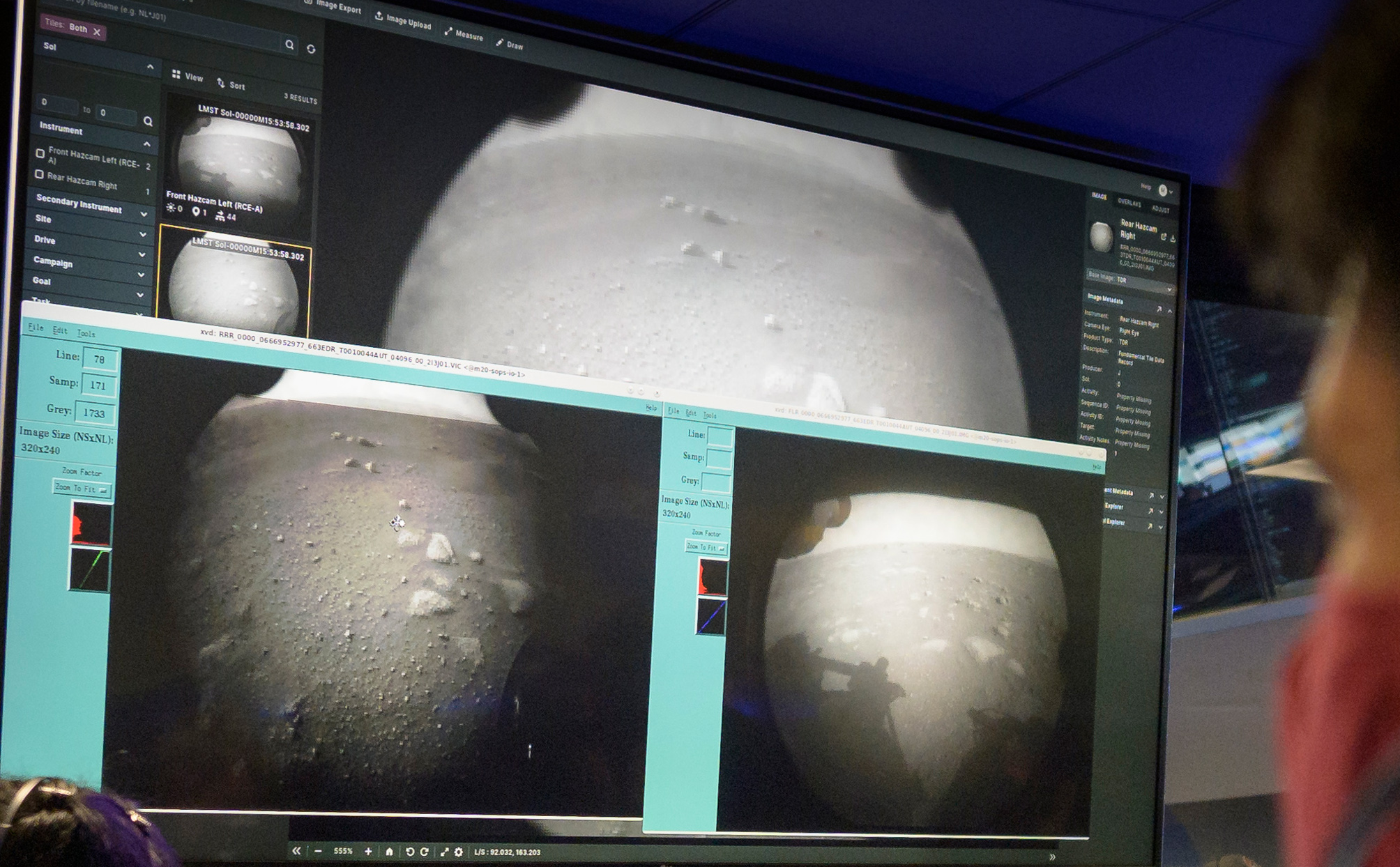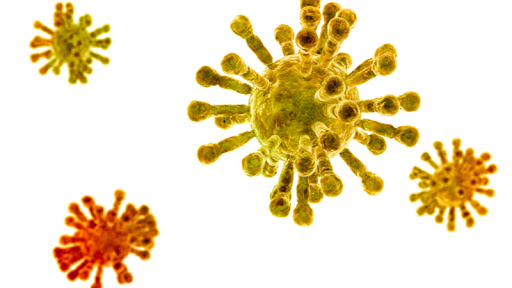Category: Science and Nature
Earth Day 2021 – Neil Young’s Natural Beauty
Amazon, you had so much and now so much is gone
What are you gonna do with your life?
Mars 360
Rover Perseverance 360 Degree View of Mars
Click On the Photo or Link, and Enjoy NASA’s New Panorama from the Red Planet!
The Lost Continent of Zealandia
A True Atlantis, Zealandia Sank Beneath the Sea
The eighth continent really existed for over 100 Million Years!
New Zealand and New Caledonia are all that remain of a lost eighth continent, now known to science as Zealandia.

But at the time Zealandia was above water, what is now New Zealand’s South Island was positioned to the east of North Island, with its current southwest tip pointing to the northeast. It swung around to its current location with the continental plates long after the rest of Zealandia was lost beneath the briny waves.
Schoolchildren often imagine with wonder how islands are really the tops of underwater mountains. But in this case, the island nations of New Zealand and New Caledonia aren’t the tops of individual marine volcanoes; they are actually the highest parts of a continent half the size of Australia that contained its own species of land plants and air-breathing animals reaching back to the time of the Early Cretaceous, when Titanosaurs like this Saltasauras left their footprints as they grazed on the vegetation of Zealandia and co-existed with other exotic species known only by small fossil fragments.

More interesting to me is the fact that much of land remained above the waves until “only” about 25 million years ago, meaning the dinosaurs had nearly 20 Million years to evolve into unique species after Zealandia separated from Australia, and some 40 Million more years followed their extinction, when unknown lifeforms replaced them and continued to evolve on what is now the lost continent of Zealandia.
This BBC article reveals fascinating details about 400-year search to find the predicted “eighth continent” once thought to be hiding somewhere between Australia and South America, and the modern scientists who eventually found out what happened to it.
Perseverance on Mars!
NASA Streams Extraterrestrial Landing
New Rover on the Red Planet

NASA views first photo from Mars

Streamed video of Perseverance landing
Would that Dr. Sagan had lived to see it!
Planet Earth: One World is All We Got
NASA Time Lapse Video of Earth is Amazing
Hypnotic Life Cycle of Weather Patterns Reveal a Living Planet
And, perhaps unintentionally, how the parched interior of Australia is isolated from it all.
I would love to get a version of this as a screensaver for my computer. But I wish they had found a better soundtrack.
Bill Gates on the scientific advances we need to stop COVID-19
Innovation vs. the coronavirus
The first modern pandemic
Very worth the minutes to read this excellent update from Bill Gates about COVID-19 and what is being done to get as many of us through this as possible.
How Weather and Environment Might Impact a Coronavirus
A learned friend speculates on the contribution of environmental factors, such as lightening, in the spread or recession of a coronavirus such as influenza
The mechanics of a coronavirus can be explained through the metaphor of a vinyl record player
Consider how a record player works. There’s a record with grooves of various frequencies and amplitudes spinning around. There’s a tonearm with a phonographic cartridge in it that tracks the record. This phono cartridge holds a tiny diamond tip on the end of a shaft, attached to the cartridge body with a flexible joint.
Being a mechanical system, the tonearm and cartridge have resonances. The two major resonant modes are 1) the diamond tip resonating at high frequencies; 2) the tonearm resonating at low frequencies.
High frequency resonances occur when the diamond tip is tracing out grooves on the record that are heavily amplitude-modulated at high frequencies – like loud bell strikes. At resonance, the diamond tip is destructive to the grooves of the record, operating like a tiny jackhammer.
At much lower frequencies, e.g. cannon-shots on the 1812 Overture, visible movement of the tonearm occurs, and even cases where the tonearm jumps out of one grove and into another. Lateral displacement.
Now think of the influenza virus mechanical structure: little masses on stalks (viral spikes) attached to a much more massive viral body. This is another grossly bi-modal resonant mechanical system. There will be at least two resonant points that correspond to frequencies that excite the spikes and the bodies.
The spinning record for the virus is thermal energy. Within the host body, what matters most is the thermal energy that comes from the temperature of the host. A fever is both a defensive mechanism and the result of a body combating an infection. A virus can cease to function beyond a certain temperature, but sometimes lethal damage occurs regardless.
Viruses have evolved to take advantage of natural processes like absorption (a liquid or other material being absorbed by another liquid or solid) and adsorption (atomic or molecular material adhering to the surface area of some material or other.) The latter comes into play because of how viruses stick to metal or plastic surfaces and resist being washed or blown away. But they stick even better to our organic skin and hair, etc. so they leave the metal, porcelain, or plastic, and adhere to us. Fortunately, they stick even better yet to the fatty lipids in common soap.
Outside of a potential host body, the thermal energy source that matters most to the viral structure is sunlight. Water vapor, being the most abundant greenhouse gas for Planet Earth, is a nearly ideal medium for converting photons of infrared light into mechanical energy. Its absorption spectrum is so broad that it is referred to as an absorption continuum.
Mechanical resonances will be set up at various partial pressures of the water vapor, due to the gas spring nature of the vapor. Within tiny pockets of water vapor, mechanical movements of water molecules will become synchronized, resulting in coherent movement of those water molecules. When this coherent movement occurs, ion generation due to collisions is minimized. Whereas incoherent movement results in more ions – even gross-level electric charge build-ups in the water vapor. This is the basis for lightning strike conditions in clouds.
The mechanical system of the virus is tuned to the resonances generated in the water vapor, under the right conditions (vapor pressures.) Small resonances result in movement of the viral spikes. Large resonances result in movement of the bodies as a whole. Sunlight provides for vapor resonances at higher frequencies. Host body thermal energy provides for resonances at lower frequencies.
Host body thermal energy might also provide for resonances at lower frequencies. Vibrating viral spikes might lead to penetration of host cell membranes. Jumping viral bodies might lead to attacks on adjacent host tissue cells.
Poor conditions for generating this movement of the spikes maybe be signified by electrical discharges, i.e. lightning. Global hot spots of influenza infection such as Southeast Asia and the east coast of the U.S. show fewer lighting strikes. Global areas where outbreaks of influenza are virtually non-existent, such as Africa and the Tropics, show higher rates of lightning strikes.
Seasonal weather variations can likewise be characterized by lightning activity. It is low in the cooler months when outbreaks are more likely, and higher in warmer months when lightning occurs more frequently, and incidences of flu drop off dramatically. These differences may be explained by differences in humidity, leading to differences in water vapor pressure. [ed. – while not proven, this is a fascinating claim, and well thought out.]
Host body temperature differences infer varying internal thermal radiation patterns. For example, a dog’s body temperature is higher than that of a human. Dogs and humans contract different viral infections. But the human body’s temperature rises during viral infections. Different internal thermal radiation occurs.
There are many implications for humidity and temperature differences leading to different viral behaviors. H2O resonances at different vapor pressures, and thermal radiation at different frequencies and intensities, create together complex mechanical systems that can be exploited by different strains of coronaviruses, with different spike and body construction.
But while the mechanics of a phonographic record player are a metaphor, a coronavirus like influenza plays a deadly music, composed by thermal radiation, pressed onto a record made of water vapor. It seems likely that other deadly viruses might be found in the same record collection.
About the writer:
David Plummer is a self-titled propellerhead who studied mathematics at Harvard University, before concerning himself with hardware and software systems. The math rock star he admires most is Alan Turing.
These days he spends his time doting on his granddaughters, Grace and Zoey, with assistance from his beloved wife of 40 years, Joan, their children Devon and Nathan, and their inspirations, Vivian and Kate.
David has been known to read papers about mice that have Alzheimer’s and then build stuff for experimenting on himself. Really.
COVID-19 Avoidance Advice
Advice for avoiding the COVID-19 virus that is causing the world-wide shutdown
Transcription of audio message passed via Facebook Messenger
This comes from a letter sent by a medical professional working at Doctor Negrin University Hospital in the Canary Islands, to colleagues. One of them translated it from Spanish and produced the audio message, which I received via Facebook Messenger and cannot download.
Most of the contents are already known. But it is good to be reminded and take such things seriously. There is no way of knowing if the source is correct, but most of the contents have been mentioned by other credible outlets.
I am leaving out some of the intro and adding some of my own comments [in brackets like this.]
MESSAGE FOLLOWS
The Chinese now understand the behavior of the COVID-19 virus, thanks to autopsies they have carried out. This virus is characterized by obstructing respiratory pathways with thick mucus that solidifies and blocks the airways and lungs.
So, they have discovered that in order to administer and apply medicine they must open and unblock these airways so that the treatment can be used to take effect.
However, all of this takes a number of days.
Their recommendations for what you can do to safeguard against contracting the disease yourself are:
1. Drink lots of hot liquids – coffee, tea, soup, warm water. In addition, take sips of warm water every twenty minutes. This keeps your mouth moist and warm and washes any of the virus that’s entered your mouth into your stomach where the gastric juices neutralizes the virus before it can get to the lungs.
2. Gargle with antiseptic in warm water every day if possible – vinegar, lemon juice, salt, etc. [Listerine and similar antiseptic mouthwash probably too.]
3. The virus attaches itself to hair and clothes. Any detergent or soap destroys it. But you must take a bath or shower when you get in from the street. Avoid sitting down anywhere and go straight to the bathroom or shower.
If you cannot wash your clothes daily, hang them in direct sunlight which [it is believed] will also neutralize the virus.
[Viruses have delicate structures, and coronaviruses especially so. They survive best in cold conditions (That is why they like our sinus and lungs, the coldest parts of the human body.) The hotter the conditions the more likely viruses will fall apart into simple components before they can invade host cells.]
4. Wash metallic surfaces very carefully, because the virus can remain viable for up to nine days. Take note and be vigilant about touching handrails and door handles, etc. Within your own home, regularly wipe down and if possible disinfect doors and oven handles, stove tops, refrigerator doors, etc.
5. Don’t smoke.
[I would suggest wearing a dust mask when doing any activities that might lead to irritating or inflaming the sinus, throat, and bronchial passages, like sweeping and vacuuming, cleaning cat litter, any DYI things around the home that stir up dust.
Might as well avoid triggering allergic reactions that could make you think you are coming down with something. If you have no N95 masks, pulling your tee shirt up over your nose is better than nothing.]
6. Wash your hands every twenty minutes, using any kind of soap that foams. Do this for 20 seconds, and wash your hands thoroughly.
[Some say sing Happy Birthday twice through, without rushing it. At the bottom is a link to an excellent article about the why traditional soap is especially good for defending yourself against viruses of all kinds.]
7. Eat fruits and vegetables. Try to elevate your zinc level as well as your vitamin C levels.
[You can take too much zinc. Do not ingest more than 40mg per day. Zinc toxicity can produce gastrointestinal issues similar to “a stomach flu without the fever.”
Also, the chemical zincum gluconicum found in zinc throat lozenges (like Cold Eeze) can coat the throat so viruses like the common cold cannot take hold. So, if you can get the lozenges, take them at the first sign of symptoms, don’t waste them if you don’t think you have a cold coming on.]
8. Animals do not spread the virus to people. It is person to person transmission.
9. Try to avoid getting the common flu, which weakens your system in general. Try to avoid eating and drinking cold things.
10. If you feel a sore throat coming on, attack it immediately using the above methods. The virus enters the system this way, where it remains for three or four days before it passes into the lungs.
Good luck, everyone! Take care of yourselves, and pass this information along if you wish.
And that is the end of the transmission.
*****
Here is a recipe for homemade hand sanitizer
Ingredients:
2/3 Cup 99% rubbing alcohol (isopropyl or ethanol.)
1/3 Cup aloe vera gel (to counter the drying effect of the alcohol)
8 to 10 Drops of essential oil optional for fragrance and skin soothing (lavender, peppermint, vanilla)
1 to 2 Drops of one antimicrobial essential oil optional for added antimicrobial protection (tea tree, arborvitae, cinnamon, clove, thyme.) But such oils can be harsh on skin, so go easy on this.
Directions:
Mix ingredients in a bowl with spoon or spatula, pour into glass bottles. Spritz away!
IMPORTANT: Do not use other types of alcohol (e.g., methanol, butanol), as they are toxic.
The alcohol must be 60% of the mixture to be effective. If you only have alcohol solution under 91% then it needs to be a greater percentage of the mixture.
After all that, do not forget about good old-fashion soap! Traditional soap is abnormally good at getting viruses off your skin, clothes, etc. According to a renowned chemist, it is actually better than alcohol and other sanitizers at destroying the structure of a virus.
*****
Here is the article about using traditional soap to combat viruses.



